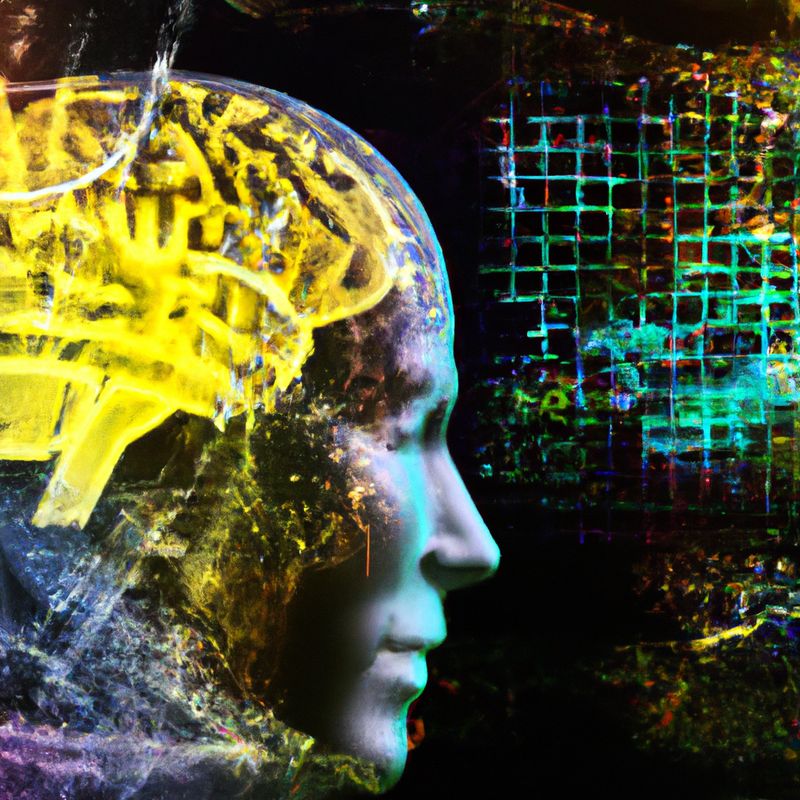The Advantages and Disadvantages of Artificial Intelligence in Government

The use of artificial intelligence (AI) in government is becoming increasingly popular. AI is being used to automate processes, improve decision-making, and develop new policies. However, there are both advantages and disadvantages to the use of AI in government, and it is important to understand both sides of the argument before making any decisions. In this blog post, we will discuss the advantages and disadvantages of using AI in government.
Advantages of Artificial Intelligence in Government
The primary advantage of using AI in government is the potential for increased efficiency. AI can automate processes and tasks that would normally take a significant amount of time to complete. This can save governments time and money, as well as allowing them to focus their resources on more important tasks. AI can also help governments make better decisions by analyzing large amounts of data and providing insights that would be difficult to obtain otherwise.
AI can also help governments develop new policies and regulations. By analyzing large amounts of data, AI can identify patterns and trends that can be used to develop more effective policies. AI can also be used to monitor compliance with existing policies, helping to ensure that they are being followed.
Finally, AI can help governments become more responsive to their citizens. AI can be used to analyze public opinion and feedback, allowing governments to quickly respond to the needs of their citizens.
Disadvantages of Artificial Intelligence in Government
The primary disadvantage of using AI in government is the potential for bias. AI can be biased if it is not properly trained and monitored. This can lead to decisions that are not in the best interests of the public, and can even lead to discrimination against certain groups of people. As such, it is important for governments to ensure that their AI systems are properly trained and monitored to avoid any potential bias.
AI can also be expensive to implement. AI systems require significant investments in hardware, software, and personnel, and these costs can be prohibitive for some governments. Additionally, AI systems require constant maintenance, which can also be costly. As such, governments need to carefully weigh the costs and benefits of using AI before making any decisions.
Finally, AI can also lead to a lack of transparency. AI systems are often opaque and difficult to understand, which can make it difficult for citizens to hold their government accountable. As such, it is important for governments to ensure that their AI systems are open and transparent, so that citizens can understand how decisions are being made.
Conclusion
Overall, the use of AI in government can be a powerful tool, but it is important to understand the potential advantages and disadvantages. AI can help governments become more efficient, develop better policies, and become more responsive to their citizens. However, there is also the potential for bias and a lack of transparency, as well as the potential for high costs. As such, governments should carefully consider the pros and cons of using AI before making any decisions.

